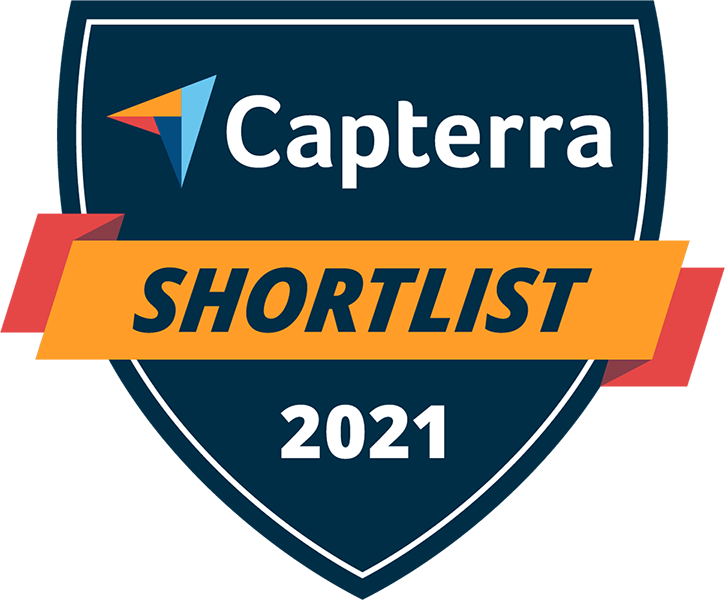Service
MEAN Stack Development
MEAN is a free and open-source JavaScript software stack for building dynamic web sites and web applications. Because all components of the MEAN stack support programs that are written in JavaScript, MEAN applications can be written in one language for both server-side and client-side execution environments.
What's the MEAN Stack?
Mean Stack refers to the JavaScript technology collection utilized in the development of online applications. Everything is therefore based on JavaScript from client to server and server to a database. MEAN is a comprehensive development kit for the construction of fast and robust web applications. MEAN is an easy-to-use stack that offers the perfect answer for creating dynamic websites and applications.
This free, open-source Stack provides an orderly and swift approach through which c can create fast prototypes for web-based apps. Four different technologies are part of MEAN:
- MongoDB Express is a NoSQL framework with schemaless
- Express JS is a web application framework for node development
- AngularJS is a Google Node-developed JavaScript framework.
- Js is an execution environment of JavaScript on the server.
What is the Developer of the Mean Stack?
A MEAN Stack Developer is an application programmer based on JavaScript who primarily works on the MEAN stack (MongoDB, ExpressJS, AngularJS, NodeJS). Mean stack engineers work on both the backend and the front ends of the JavaScript-based application, and hence a Mean stack developer must know JavaScript in depth.
Components of MEAN Stack
Front End Angular.js
At the top of the MEAN lies Angular.js (MVW standing for “model view and anything”), a self-styled “MVW framework” (JavaScript MVW).
Angular.js enables you to expand metadata into your HTML tags to create more dynamic, interactive web experiences than to develop them on your own, say, using static HTML and JavaScript (or jQuery). Angular features all of the bells and whistles you would expect from the JavaScript front end framework, including form validation, localization and backend connection.
Server Tier Express.js and Node.js
On the Node.js server, the next level down will be Express.js. “Fast, unopinioned, minimalistic web-frame for node.js” is what Express.js describes itself. That’s precisely what it is. Express.js offers strong URL routing models (comparing an incoming URL with a server function), and c can handle HTTP queries and answers. You may connect to Express.js parts that power your application by making XML HTTP (XHRs), GETs or POST requests from your Angular.js Front. These functions leverage Node.js drivers from MongoDB to read and update data from your MongoDB database either via callbacks or using promises.
Tier Database MongoDB
You’re going to like a database that’s as easy to work with as Angular, express and Node if your application keeps any data (user profiles or content, commentaries, upload, events), which is where the MongoDb is supplied. JSON document formed at your front end of the angular.js can be sent directly in MongoDB for further retrieval on the Express.js server, where it can be processed and (if applicable).
When is the MEAN Stack available?
MEAN follows the classical stack pattern, comprising the display level (Angular.js), application layer and database type (Express.js and Node.js) (MongoDB). You should give MEAN a serious look if you are creating a JavaScript application, particularly in Node.js.
MongoDB stores data in a JSON-like format (BSON), a JSON binary JSON extension, and a JavaScript interpreter is defined as MongoDB Query Language (MQL). MongoDB is not just JavaScript/JSON but also a robust, innovative database of native Node.Js drivers and is suitable for horizontal scaling. It also has additional functions such as indexing and querying JSON documents. The Cloud-based Database-as-A-Service designers of MongoDB make it even easy to construct apps in the cloud with MongoDB Atlas.
How sure is the MEAN Stack secure?
The MEAN stack with MongoDB Atlas is recommended because Atlas offers built-in credentials, firewall and end-to-end encryptions, which are the best way to secure your MongoDB. Furthermore, the MEAN stack contains a concrete three-stage separation to avoid your end-users having access to the business logic and your database layer when using best practices and proper network isolation. Therefore, your application is structured by default to prevent unwanted user input from endangering your programme (Query injection, code manipulation, port spoofing etc.).
Frequently Asked Questions
Aenean eu leo quam. Pellentesque ornare sem lacinia quam venenatis vestibulum. Duis mollis, est non commodo luctus, nisi erat porttitor ligula, eget lacinia odio sem nec elit. Cras justo odio, dapibus ac facilisis in, egestas eget quam. Etiam porta sem malesuada magna mollis euismod. Duis mollis, est non commodo luctus, nisi erat porttitor ligula, eget lacinia odio sem nec elit.
Aenean eu leo quam. Pellentesque ornare sem lacinia quam venenatis vestibulum. Duis mollis, est non commodo luctus, nisi erat porttitor ligula, eget lacinia odio sem nec elit. Cras justo odio, dapibus ac facilisis in, egestas eget quam. Etiam porta sem malesuada magna mollis euismod. Duis mollis, est non commodo luctus, nisi erat porttitor ligula, eget lacinia odio sem nec elit.
Aenean eu leo quam. Pellentesque ornare sem lacinia quam venenatis vestibulum. Duis mollis, est non commodo luctus, nisi erat porttitor ligula, eget lacinia odio sem nec elit. Cras justo odio, dapibus ac facilisis in, egestas eget quam. Etiam porta sem malesuada magna mollis euismod. Duis mollis, est non commodo luctus, nisi erat porttitor ligula, eget lacinia odio sem nec elit.
Aenean eu leo quam. Pellentesque ornare sem lacinia quam venenatis vestibulum. Duis mollis, est non commodo luctus, nisi erat porttitor ligula, eget lacinia odio sem nec elit. Cras justo odio, dapibus ac facilisis in, egestas eget quam. Etiam porta sem malesuada magna mollis euismod. Duis mollis, est non commodo luctus, nisi erat porttitor ligula, eget lacinia odio sem nec elit.
Client Testimonials














